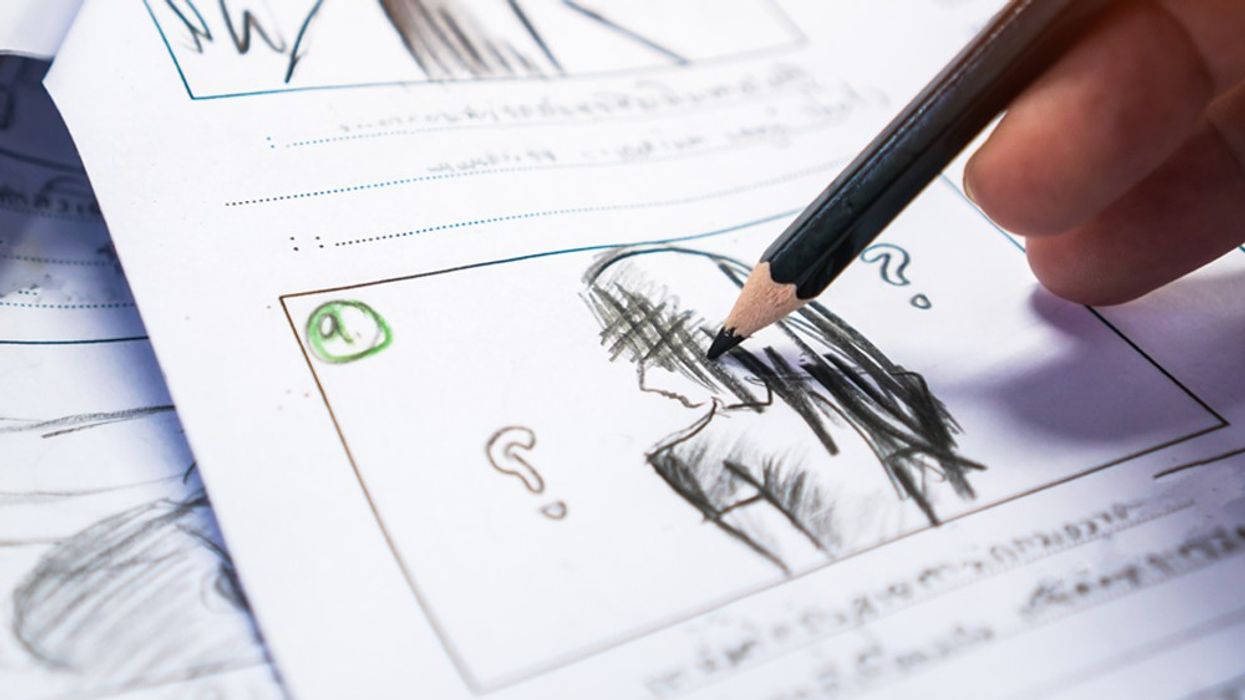The more time you spend in preproduction the better off your film will be when it comes time to shoot. Storyboards may feel like a luxury to the independent filmmaker, but there are reasons why you should take the time to do them. They not only help you conceptualize the film by connecting the script to the visuals that will appear on screen but they also allow the crew to interpret your vision without it getting misconstrued. Remember the game telephone? It happens on sets all the time. "Oh, that's what you consider a wide shot."
Not all storyboards need to be glamorous. Stick figures and simple shapes can get ideas across just as well as professional storyboards. We've covered tips on how to make them, shared some cool templates, and highlighted one of our favorite storyboarding apps (some free), but when it comes to the Xs and Os of storyboards, Kris Truini of Kriscoart has some knowledge you should definitely check out.
When don't you need storyboards
Truini points out there are always going to be projects that may not need storyboards. Documentaries and other projects with avant-garde approaches come to mind. But that doesn't mean you shouldn't have an overall approach to your film figured out. You still need to know the visual style of the documentary. Is the approach handheld? More steadicam and gimbals? Is it locked off? If you're only shooting primes, how does each lens limit you? You're going to want to create some rules so when you get out there you don't end up missing the shot. There's nothing worse than asking your talent to "do something again" in the documentary world. The magic will hardly ever be the same again.
Take pictures
If you can't draw. Take pictures by visiting the location and position the talent/stand-in where you want them in the scene. Snap the photo and you have a perfectly crafted shot for your storyboard that the camera operators, lighting, and supporting departments will quickly understand. If you don't have the exact location yet, find images online that are similar that you can manipulate using image editing software to get your point across.
Trace your photos
If you want to step up your storyboard game further, Truini suggests importing the photos into programs like ProCreate, Adobe Sketch, or Autodesk Sketchbook and trace them. By tracing them you can create more of a classic storyboard look while bypassing learning how to draw altogether. Using modern programs allows you to work in layers and adjust the opacity of others to see your progress. Kriscoart goes into depth with his exact process. The one obvious drawback compared to the analog version of storyboards is you'll need a computer, iPad, and the software to get you going. But it's a cool way to do storyboards.
What do you think? Have any tips on how to create storyboards? Share them below.
Source: Kriscoart












